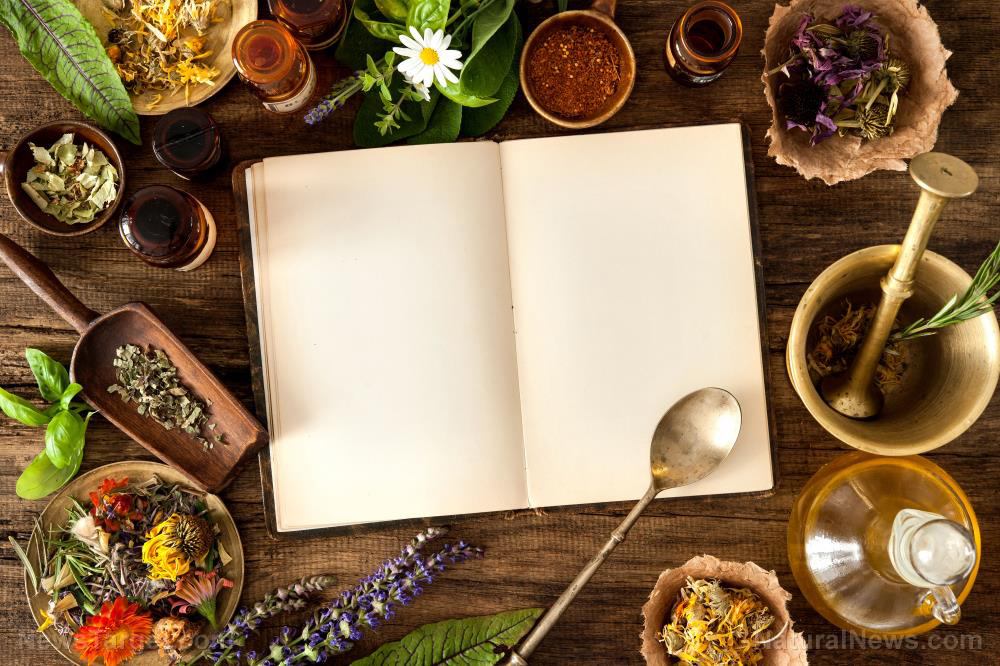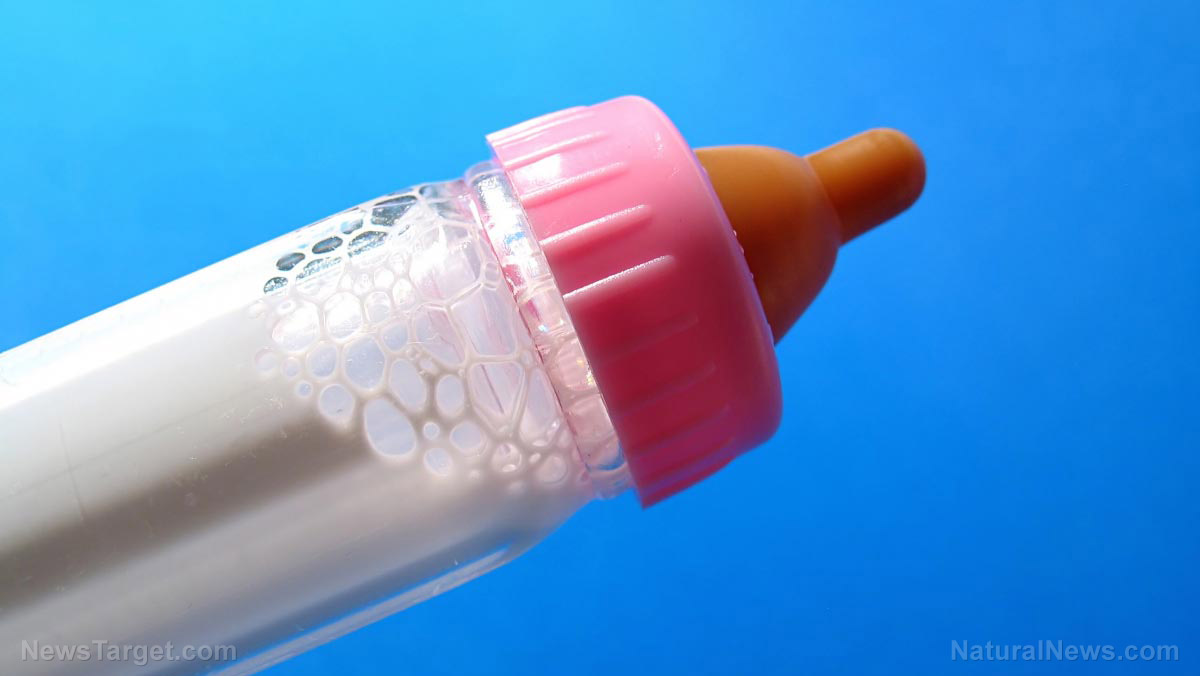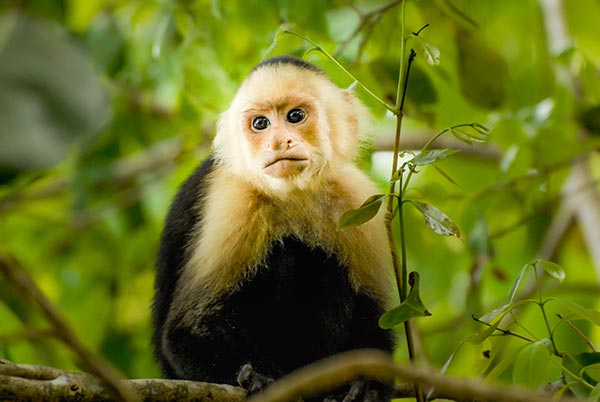Jatu-phala-tiga isn’t just a potent antioxidant, it also has potential anti-aging properties
04/12/2021 / By Evangelyn Rodriguez

Oxygen is a colorless, tasteless gas that humans need to breathe. In a similar way, cells require oxygen for respiration. Various chemical reactions are involved in this process, which results in the production of energy from food. But along with energy, cellular respiration also generates byproducts known as reactive oxygen species (ROS). Also called free radicals, ROS serve as secondary messengers in various cellular processes, including the development of tolerance to environmental stresses.
ROS are unstable, highly reactive molecules that can accumulate inside the body and damage cells and their components. Under normal physiological conditions, cells control ROS levels by producing an equal amount of scavenging molecules called antioxidants. These compounds are capable of neutralizing harmful free radicals and eliminating them from the system.
However, several factors, including diet and genetic mutations, affect the body’s ability to produce antioxidants. When ROS generation exceeds antioxidant production, cells fall into a state of oxidative stress that eventually leads to their death. Numerous studies have linked this imbalance to the development of chronic diseases, such as cancer and diabetes, as well as aging.
A traditional tonic with antioxidant and anti-aging properties
Since the free radical theory of aging was formally proposed in 1956, researchers’ understanding of the mechanisms involved in the aging process has deepened. They’ve also come to realize the important role of antioxidants and their potential to increase the lifespan of organisms by preventing events like oxidative stress that contribute to aging. According to recent studies, medicinal plants and functional foods like fruits and vegetables have remarkable antioxidant and anti-aging properties, thanks to their abundance of active compounds called polyphenols.

For instance, a study published in the journal Aging Cell reported that blueberry polyphenols called proanthocyanidins effectively increased the lifespan of the roundworm, Caenorhabditis elegans, which is known to live for only 16 days. Some medicinal herbs used in Traditional Chinese Medicine have also been found to exert similar effects, courtesy of the phenolic compounds they contain. These findings have led researchers to investigate traditional medicines used to promote longevity in hopes of finding more natural compounds that can protect against oxidative stress and potentially delay aging.
In a recent study published in BMC Complementary and Alternative Medicine, researchers from Thailand and Malaysia evaluated the antioxidant capacities of Jatu-Phala-Tiga (JPT), a traditional tonifying preparation used in Thailand, and assessed its effect on longevity. JPT has previously been reported to have higher antioxidant activities than an analog of vitamin E and ascorbic acid (vitamin C). Vitamins C and E are both powerful antioxidants that are known to protect the skin from premature aging.
For their experiment, the researchers obtained various extracts from JPT and its herbal components, namely, Phyllanthus emblica (Indian gooseberry), Terminalia arjuna (Arjun tree), Terminalia chebula (black myrobalan) and Terminalia bellirica (bastard myrobalan). Using various assays, they assessed the metal-chelating, free radical-scavenging and ferric-reducing activities of the extracts.
The researchers also analyzed the chemical composition of a water extract derived from JPT and tested its effect on the lifespan of C. elegans. They reported that the JPT water extract exerted remarkable antioxidant activities compared to extracts obtained using different solvents. (Related: Oriental photinia can protect against skin aging: Study.)
Among the JPT extracts tested, the water extract also had the highest metal-chelating activity and exhibited remarkable scavenging activities in the presence of various free radicals. The researchers identified several antioxidant compounds in the water extract, including amaronols, quinic acid, fertaric acid, kurigalin, amlaic acid, isoterchebin, chebulagic acid, ginkgolide C, chebulinic acid, ellagic acid and rutin. Treatment with the water extract increased the lifespan of C. elegans under normal growth conditions.
Based on these findings, the researchers concluded that JPT and its herbal ingredients have strong antioxidant activities, making the traditional tonic a promising anti-aging and oxidative stress-preventing agent.
Sources include:
BMCComplementMedTherapies.BiomedCentral.com
Submit a correction >>
Tagged Under:
alternative medicine, anti-aging, antioxidants, herbal medicine, Herbs, Jatu-Phala-Tiga, longevity, natural cures, natural ingredients, natural medicine, oxidative stress, phytonutrients, prevention, remedies, research
This article may contain statements that reflect the opinion of the author




















